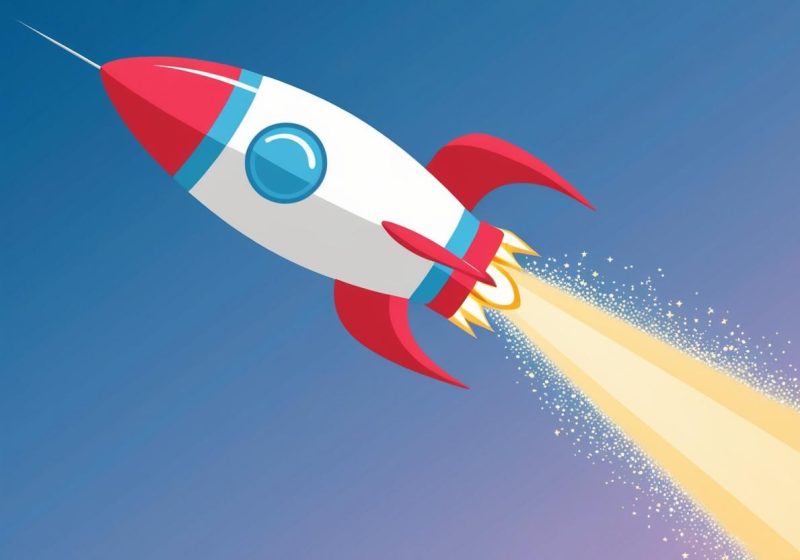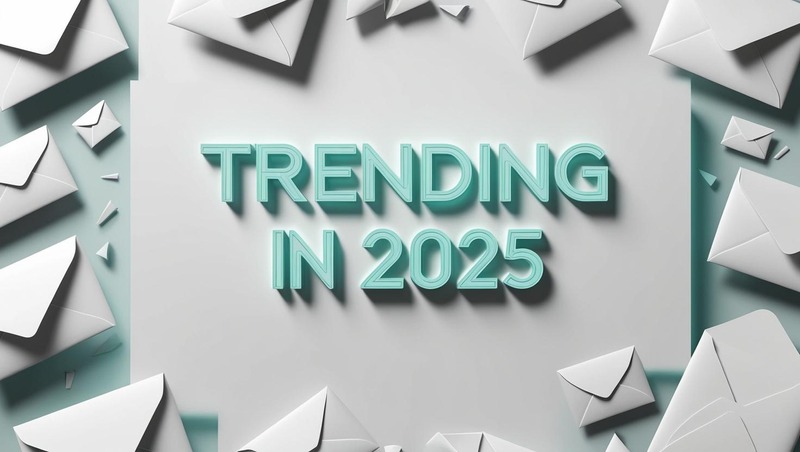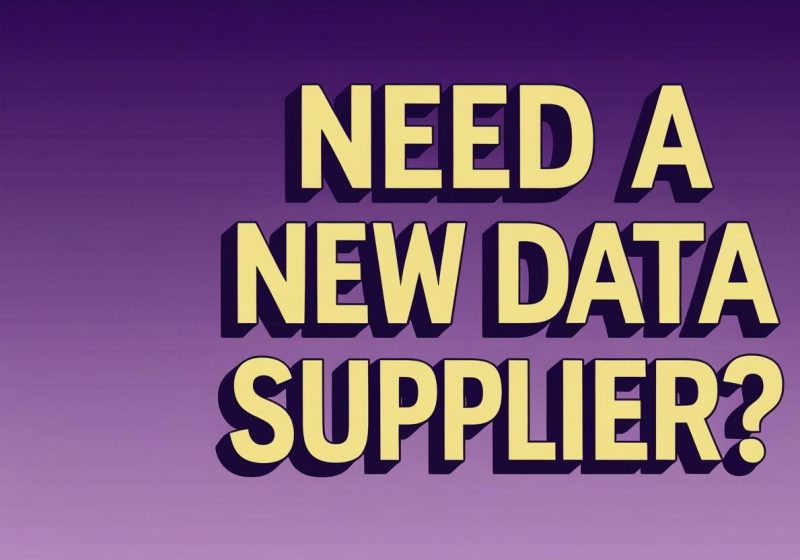The key to B2B sales is to constantly move your leads and customer up a ladder of loyalty, from being prospects to loyal clients.
Recognising the different stages in this process can help you ensure your business is not only gaining new leads but actually converting them into business.
Knowing your way round the b2b sales process can also help you to organise your internal activities around the different life stages of your leads and customers.
There are four different stages a company will go through as part of the b2b sales process:
1. Prospect
A prospect is a company which could, in theory, buy your product or service, but which you’ve had no previous contact or history with. This does not mean that every other business in the country is a prospect (unless you sell something so universal, it could in theory be bought by every business). Ordinarily prospects are only the businesses which have the need for your product or service, the financial resources to pay for it, and which can be provided with you offer simply, due to their location for example.
Prospects can be identified and gathered in a number of ways, and are usually managed in a prospect list or database. Prospects should be the target of your direct marketing and field sales activities. A company can remain a prospect for some time before they are converted into being a sales lead.
2. Lead
A lead is often confused with a prospect, but is in fact a prospect that you have had some contact with: either by them contacting you in response to advertising perhaps, or you approaching them directly using field sales, telemarketing, or direct mail. It is common to prepare quotes for leads,
Leads are often managed by the sales team, whose job it is to try and convert the lead into a customer as soon as possible, before they lose interest or go elsewhere. But even if you lose a lead, there can still be the opportunity of quoting again in the future.
3. Customer
The most important form of conversion is from Lead into a Customer, when a company actually buys from your business. It may only be a small one off or sample order, but they are still a customer, and your relationship with them has changed forever.
But now is not the time to rest on your laurels. Now you can focus on building a good relationship through your customer service team, and through regular communication using tools such as direct marketing, service calls and newsletters.
You should also aim to get the valuable second and third repeat orders that prove your product or service is a success, and which are the sign of growing customer loyalty. In fact your next aim is to push a customer up to being a client.
4. Client
Your clients are those customers who only buy your product or service from your business, and not from anyone else. In other words your relationship is so close that you have become the sole supplier of whatever it is that you sell.
For some businesses such as accountants, banks and lawyers it’s relatively normal for customers to become clients automatically and only have one supplier for these services. For other types of business converting a customer into a client can take much longer, and sometimes may only happen when your competitors make a mistake or even go out of business.
But it can be worth the wait. Clients will usually buy more, and order more frequently. Clients are also a great source recommendations, referrals and testimonials, which you can use to help target prospects: and so the whole process begins again.
For these reasons, it probably more important to hold on to your clients than any other stage of the b2b sales process. There’s no point in attracting scores of new businesses, if you aren’t able to keep them on board long enough to repay the cost of acquiring them.
For further information call us on 01304 383838 or visit www.selectabase.co.uk






